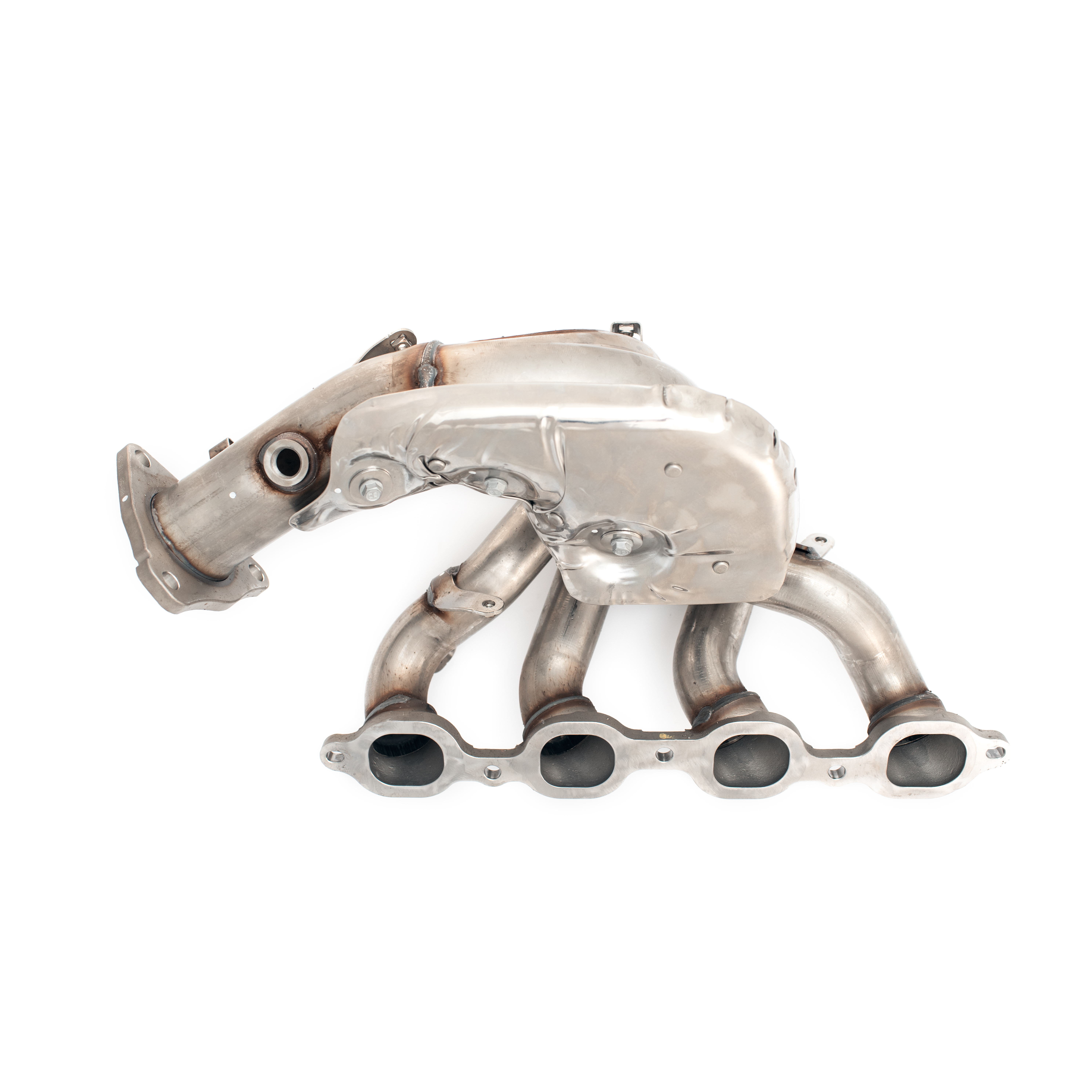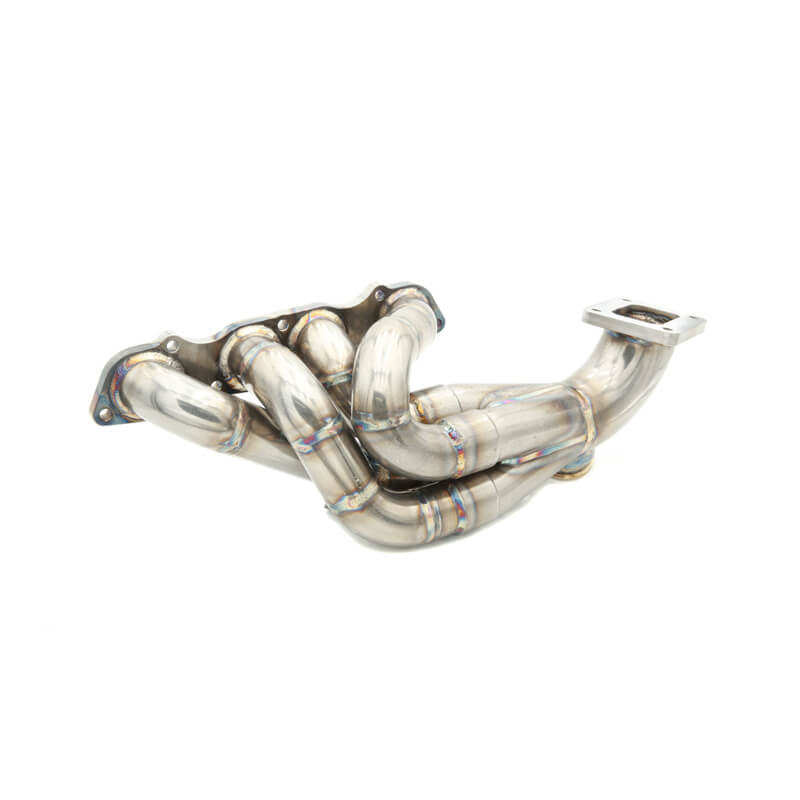When it comes to optimizing engine performance, durability, and emissions, the exhaust manifold is a key component. The choice between a fabricated and a cast manifold can make all the difference. We'll break down what a fabricated exhaust manifold is, how it works, and why it may be the better option for high-performance or heavy-duty applications.
A fabricated exhaust manifold is built from bent and formed tubes, stamped parts, flanges, and machined fittings that are welded together into a custom assembly. This construction allows for flexible design, tailored flow paths, and performance-optimized layouts.
Key benefits of a fabricated manifold:
• Customizable geometry
• Greater performance potential
• Better thermal management
• Easier integration with advanced systems
By contrast, a cast exhaust manifold is made by pouring molten metal into a mold. While sometimes more economical for mass production, cast manifolds are limited by the constraints of the casting process, which can restrict design flexibility and add additional weight to the system.

An optimized fabricated manifold design can dramatically improve:
• Horsepower and performance
• Engine efficiency
Critical design elements include:
• Smooth internal flow to reduce backpressure
• Balanced runner lengths for even exhaust pulses
• Proper alignment with cylinder firing order
On the flip side, poor design can reduce power, increase heat stress, and cause premature failure.
Choosing the right material depends on the exhaust gas temperature and system requirements.
Common materials include:
• 304L stainless steel – For general high-temperature use
• 309S stainless steel – Higher heat and corrosion resistance
• 409 & 439 stainless steels
Material selection also depends on design geometry, weldability, and lifecycle expectations.
Metal bellows help manage:
• Thermal expansion
• Vibration and engine movement
• Stress relief in compact or rigid manifold layouts
• Metal bellows are especially effective in log-style manifolds, where longer, flexible tubes aren’t an option.
A well-engineered fabricated manifold plays a major role in durability and reliability, especially under high heat loads.
Key design factors include:
• Weld joint placement and access
• Proper material thickness
• Support for thermal cycles and engine vibration
The result is a longer-lasting, more robust exhaust system.
Aside from the personal views of our exhaust manifold experts who think fabricated manifolds are in general "much cooler", the answer is yes, if performance, longevity, or emissions compliance matter. While the upfront cost is higher, benefits include:
• Reduced failure rates
• Better power output
• Fewer design compromises
• Easier compliance with modern engine standards

Properly designed fabricated manifolds are:
• Resilient against thermal cycling
• Less prone to cracking or warping
• Built for long-term performance in harsh environments
This makes them ideal for heavy-duty, high-temperature, and high-performance engines.
Absolutely. Fabricated manifolds contribute to emissions compliance by:
• Reducing surface area for faster catalyst light-off
• Improving exhaust gas flow
• Reducing weight, improving vehicle fuel efficiency
These factors help OEMs and engineers meet increasingly strict EPA and CARB emissions regulations.
Partnering early with an experienced manifold supplier helps:
• Optimize the design for cost, performance, and durability
• Avoid packaging issues in the engine bay
• Ensure proper material and process selection
Early collaboration = better results, fewer surprises.
A fabricated exhaust manifold isn’t just a performance upgrade—it’s a strategic investment in durability, emissions, and long-term engine health. Whether you're designing for power, precision, or sustainability, fabricated manifolds deliver unmatched flexibility and results.